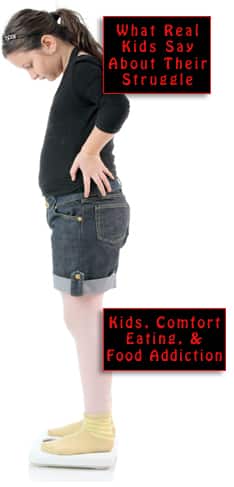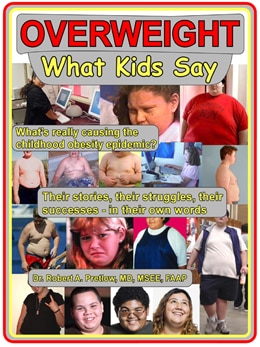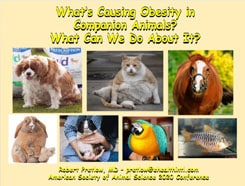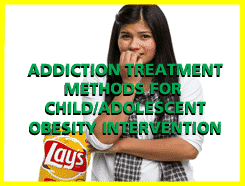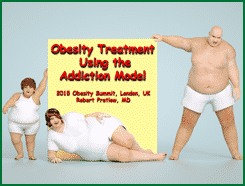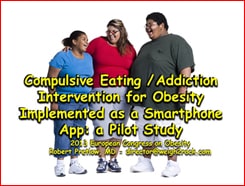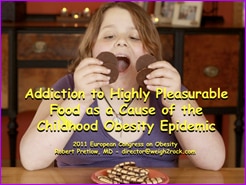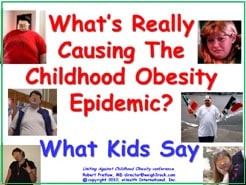Childhood Obesity Awareness Month — Present and Accounted for

Without bringing up a single political point, it is still obvious that America thinks about childhood obesity a lot less than we used to when Michelle Obama was on the case. This seems like an appropriate time to mention a few current happenings that are intriguing, though difficult to categorize. Some ideas that appeared a while back might still have potential.
About six years ago, Dr. Liad Uziel of Bar-Ilan University discussed the belief that, despite a pile of contrary evidence, self-control might be a possible remedy for obesity. However, and sadly, it seems that a high capacity for self-control is a double-edged sword:
Not acknowledged enough are potential undesired personal and societal consequences associated with high self-control and the pursuit of higher self-control. Examples include inflexible behavioral patterns, over-emphasis on norm adherence at the expense of personal discretion, and strict emphasis on cold and rational thinking while overlooking intuition and emotional inputs.
Anyone can easily think of examples of “potentially problematic implications” accruing to an overabundance of self-control. For instance, the trait carries with it the possibility that a person’s information-processing ability might be negatively affected, as they wrongly assume that such a capability is universally distributed among the populace.
In this respect, all people are not created equal, but someone who can do it might unjustly blame others for not using the self-control they are assumed to possess. In the same way, someone with a knack for musical improvisation might assume that anyone can pick up an instrument and just jam… when they just can’t.
Such a mistaken assumption might blossom into a tendency to blame others for not making correct decisions that in reality they simply don’t have the capacity for. Blind faith in the idea that everyone should be able to exhibit extreme self-control can cause rough spots in social and interpersonal relationships.
It gets worse. Dr. Uziel’s research has revealed that “wanting to have more self-control can actually be an obstacle to achieving more self-control,” which is rather alarming:
Intensive self-regulatory efforts can lead to all sorts of problems, including health problems associated with intense stress. On that background, wanting to have more self-control contributes additional stress, and, in the short-run, demotivates one and reduces one’s belief that she or he can actually demonstrate good self-control.
After old notes were reviewed, an attempt was made to chase down a 2015 story headlined, “Childhood Obesity Rates Drop As A Result of Vegetable Spiral Slicer,” which was broadcast by a New York news program. Apparently, cooler editorial heads prevailed and all traces of that piece were removed from the internet.
However, it was possible to find another article about the device, which contains no mention of a decrease in the rate of childhood obesity but does tout the virtues of the Very Healthy Spiral Slicer, saying:
[I]t provides an excellent way to get children excited about fruit and vegetables… It is widely believed that the fun and colourful results produced by the spiral slicer will appeal to children. It is essentially a subtle way to introduce vegetables into a meal in a form that won’t immediately be recognised as a vegetable… Through creating long spirals of vegetables similar to spaghetti, it makes it easy to replace pasta in meals.
It appears that this tool is still available, although whether it is capable of reducing childhood obesity rates is yet to be determined.
Your responses and feedback are welcome!
Source: “Intricacies of the pursuit of higher self-control,” ScienceDaily.com, 03/26/18
Source: “Varietyland Launches New Vegetable Slicer To Revolutionise Healthy Dieting,” PRWeb.com, 04/21/15
Image by Jonas Zeschke/Attribution-ShareAlike 2.0 Generic










 FAQs and Media Requests:
FAQs and Media Requests: 